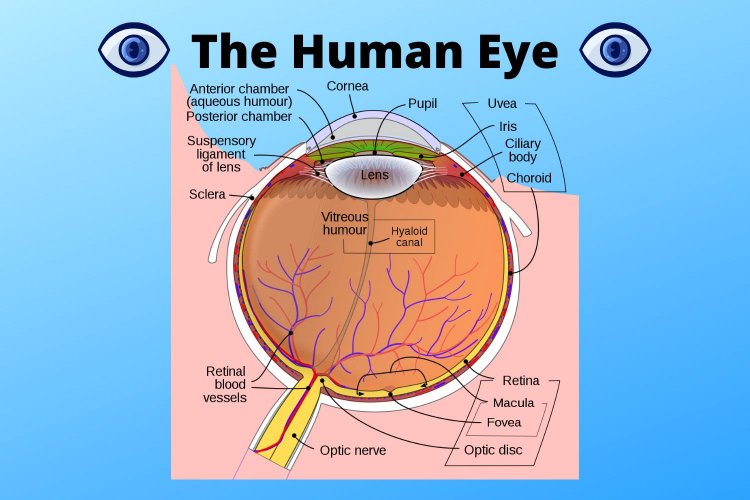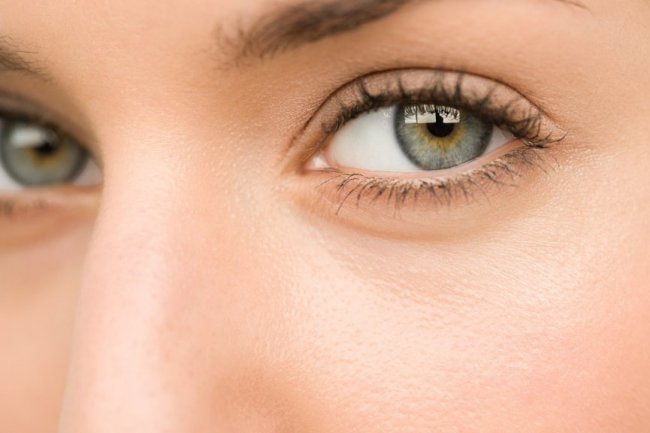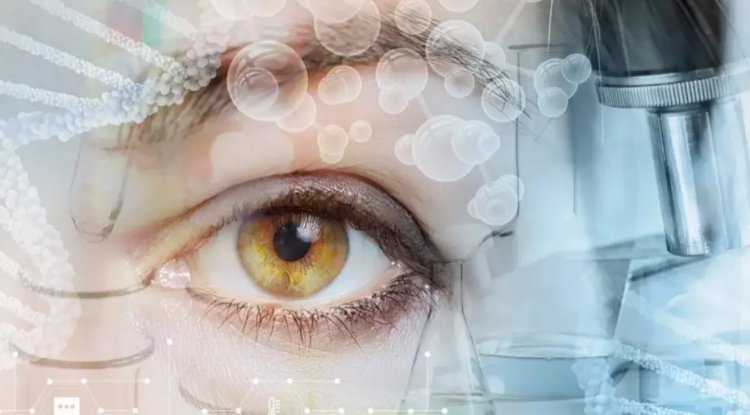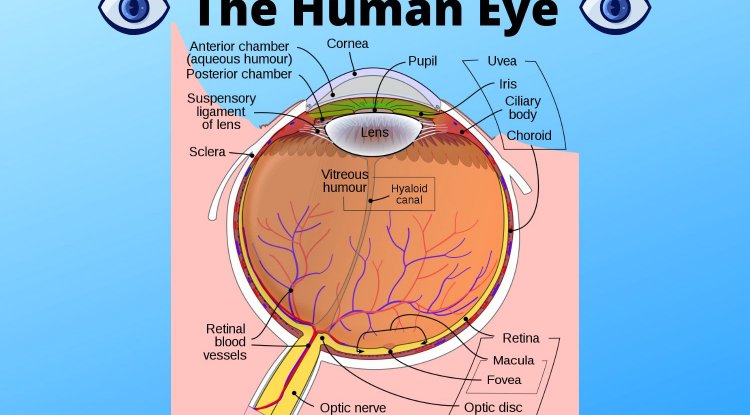Decoding the Design: Understanding the Intricacies of the Human Eye
The human eye is a marvel of nature, a complex and intricate organ that plays a crucial role in our daily lives. But have you ever wondered why the human eye is designed the way it is? Why does it have such a high resolution and the ability to adapt to different lighting conditions? In this blog post, we will explore the reasons behind the intricate design of the human eye.

First and foremost, the high resolution of the human eye is necessary for survival. The human eye has an estimated resolution of around 576 megapixels, which is nearly 50 times greater than that of a high-end smartphone camera. This high resolution allows us to see fine details, such as small insects or distant objects, which are necessary for hunting and survival in the wild.
The human eye also has an amazing ability to adapt to different lighting conditions, a feature known as "dynamic range." In low light, the eye is able to increase the number of light receptors that are active, allowing us to see in near darkness. In bright light, the eye will decrease the number of active receptors to prevent over-exposure. This ability to adapt to different lighting conditions is crucial for survival in the wild, as it allows us to see in both bright sunlight and in the dark.
Another unique feature of the human eye is its ability to focus on objects at different distances, known as "accommodation." This is achieved through the action of the ciliary muscle, which changes the shape of the lens in the eye. This allows us to see both near and far objects clearly, without the need for separate lenses as in cameras.
The human eye also has a complex visual system that is able to perceive a wide range of colors and contrast, which allows us to recognize patterns, identify objects, and make sense of our surroundings. This visual system is connected to the brain, which plays a crucial role in interpreting and processing visual information.
All of these features are the result of the masterful design and engineering of the creator, and they serve as a reminder of the beauty and complexity of the human body. The human eye is designed the way it is because it is optimized for the specific needs and conditions of our environment. It is a precious gift that allows us to see the beauty and wonder of the world, and it is a testament to the greatness and power of the creator.














